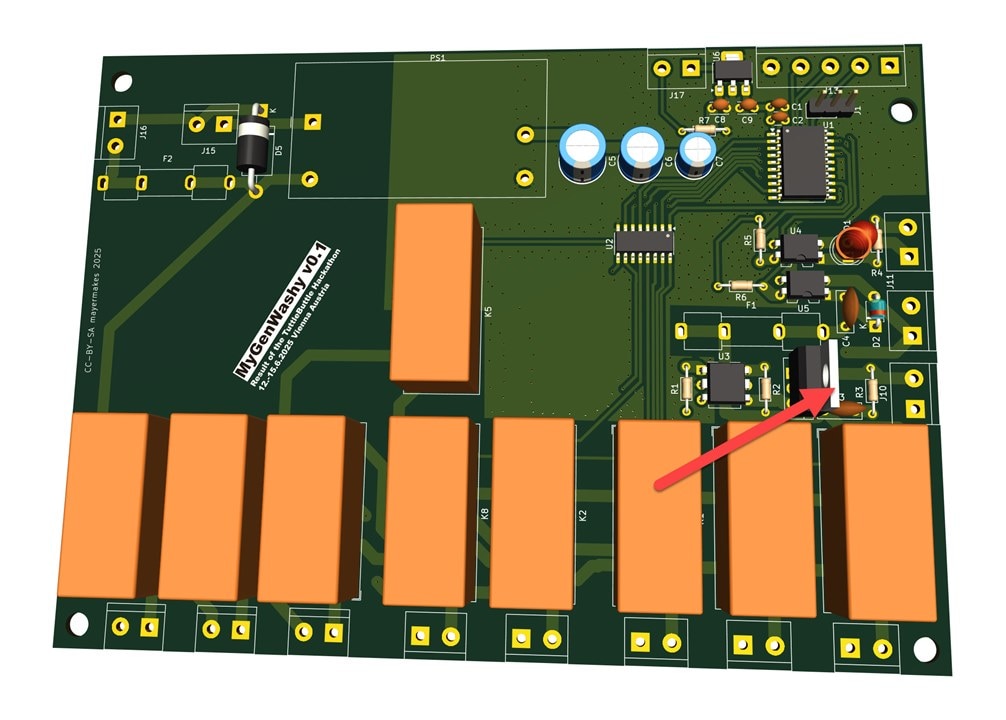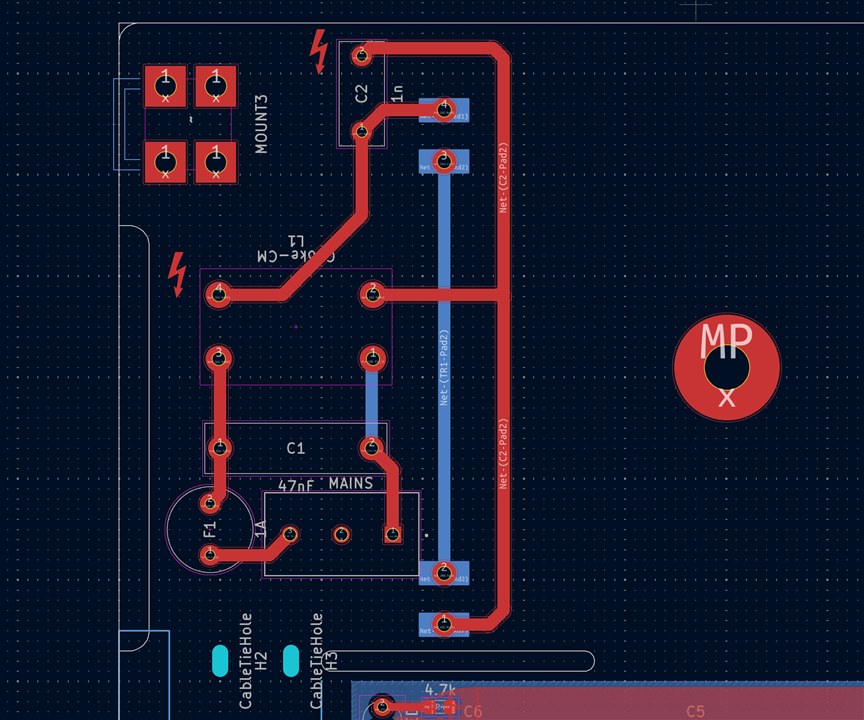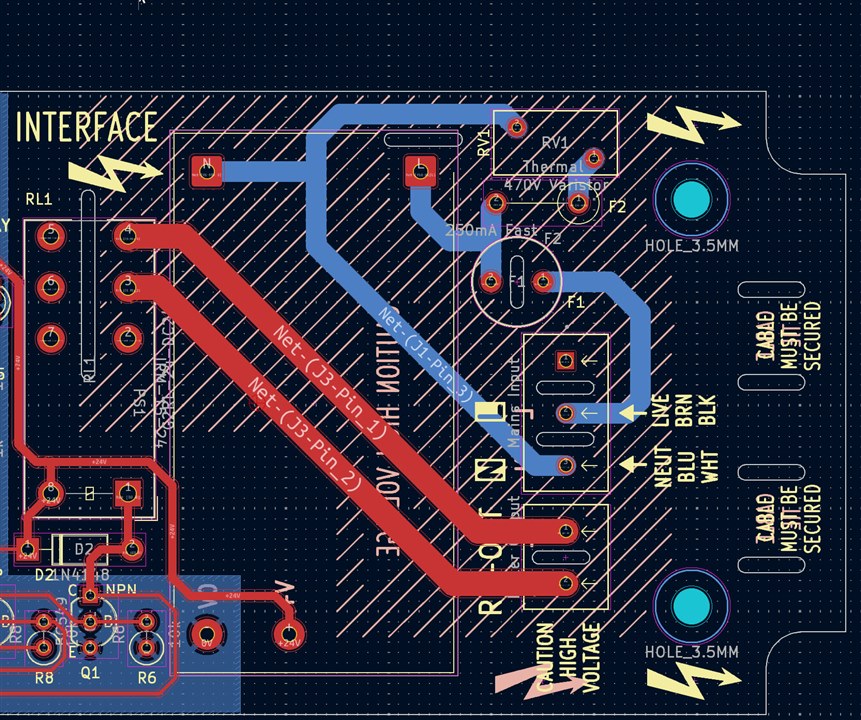It all started at Mariahilfer i, Vienna’s grassroots hub for resilient technologies, circular economy
projects, and hacking culture. During a hackathon hosted in this unique space—also home to the
Kintsugi Repair Café—Patrick Awart of IoT Austria kicked off an ambitious idea: Give old,
mechanically sound washing machines a second life by retrofitting them with open-source, smart
control electronics.
The project immediately resonated with Clemens Mayer—known to many in the Element14
Community simply as Clem. Clem is well known for his personal mission to ensure there’s at least
one reliable, open-source version of every essential technology, strengthening society’s resilience in
the face of closed ecosystems and throwaway culture. So naturally, he jumped on board.
Backed by Mayer Makes, IoT Austria, and the Mariahilfer i community, the MyGenWashy project
quickly evolved beyond a weekend hack—blending hardware hacking, Smart Home integration,
repair culture, and open-source compliance into one focused initiative.
Smart Tech Meets Circular Economy
MyGenWashy retrofits old washing machines with generic control boards, designed to integrate
seamlessly into Smart Home systems via ESPHome and Home Assistant. Thanks to IoT Austria's
early ESPHome integration efforts, the machines can already be monitored and controlled over
local networks — with future interface options including reusing old smartphones as intuitive
displays and touch controls.
From a technical perspective, the team uncovered fascinating aspects of washing machine design
during teardown and reverse-engineering:
- Air Pressure Water Level Control: A refreshingly simple mechanical system regulates
water levels—efficient and reliable. - Mechanical Safety First: Even generic control boards include hardware-based protections
against overflow and overheating. - Simplicity at Scale: Many washing machines, regardless of price point, share common
components like Darlington ULN2003 relay drivers.
The takeaway? The hardware is already durable. By replacing only the electronics with open, user-
serviceable, and Smart Home-compatible alternatives, we extend appliance life, cut electronic
waste, and empower users.
The Power of Community and Open Source Certification
This project isn't happening in isolation. Mariahilfer i also hosts the Kintsugi Repair Café, making
it the perfect hacking ground for repair-focused experimentation.
MyGenWashy ties directly into Smander.com's work on the Open Digital Product Pass (ODPP) —
an ambitious initiative to fulfill upcoming EU requirements for product transparency, circular
economy documentation, and CE-compliant, truly open-source hardware. In partnership withregulatory experts, ODPP aims to create verifiable, safe open-source designs that meet real-world
legal and technical standards.


Generous Hardware Support for a Repairable Future
The project wouldn’t have accelerated this fast without crucial support from hardware allies:
- AISLER generously provided professional-quality PCBs for the prototype and development
phases, reinforcing their commitment to local, small-batch, repair-friendly production.
- Farnell contributed essential components, helping Makers and engineers realize a fully
functional control board with energy-efficient, Smart Home-ready capabilities.
This shared mission—making hardware repairable, modifiable, and accessible—is at the heart of
the broader movement MyGenWashy embodies.
Once we get to a stage where Certification comes into play we can count on Smander.com to achieve this milestone.
Open Source, Fully Documented, Ready to Evolve
The complete MyGenWashy design, including schematics, component lists, and ESPHome
configurations, is available on GitHub for replication, modification, and iteration:
https://github.com/mayermakes/MyGenWashy
Beyond washing machines, the principles apply to other household devices—building a blueprint
for modular, repairable, connected hardware with community-driven innovation at its core.
Join the Mission: One Open Source Version of Everything
For Clem, Patrick Awart, Thomas Losert, and the wider community, this is more than a project—it’s
a movement toward resilient, sustainable technology.
- Want to contribute to ODPP, open hardware standards, or MyGenWashy v2 and v3?
- Interested in creating open-source, compliant alternatives to everyday tech?
- Believe in empowering users to repair, reuse, and innovate?
The door is open:
Together, we can ensure the technology we rely on remains transparent, repairable, and open—
because resilient societies are built on resilient tools.



